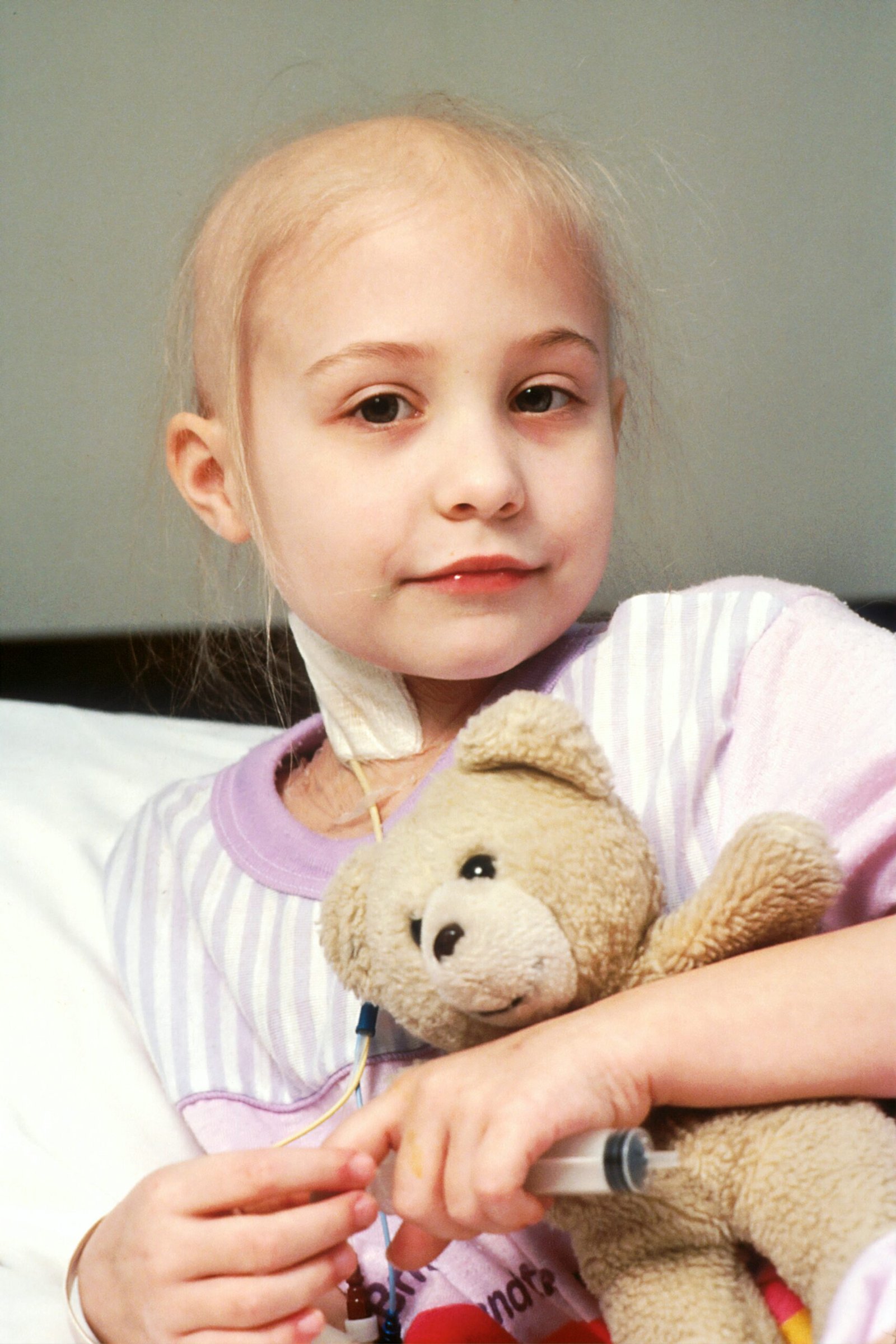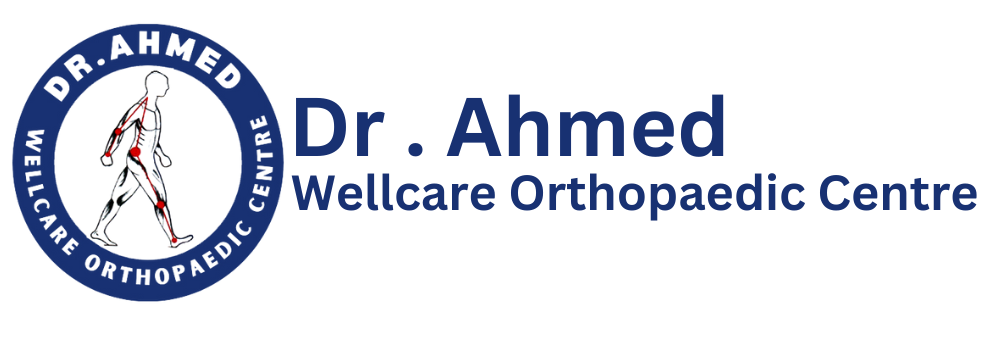
Understanding Pediatric Bone Disorders
Pediatric bone disorders encompass a range of conditions that significantly impact children’s bone health and development. These disorders can arise from genetic factors, nutritional deficiencies, infections, or other underlying health issues. A few notable conditions include osteogenesis imperfecta, scoliosis, and rickets, each presenting unique challenges to a child’s growth trajectory.
Osteogenesis imperfecta, often referred to as “brittle bone disease,” is a genetic disorder characterized by fragile bones that break easily, often with minimal or no trauma. Children with this condition may experience frequent fractures, which can lead to long-term complications in mobility and physical activity, thereby affecting their overall quality of life. Scoliosis, on the other hand, involves an abnormal curvature of the spine, which can lead to discomfort and inhibit normal growth patterns. This condition may necessitate medical interventions ranging from bracing to surgical options, depending on its severity.
Another common pediatric bone disorder is rickets, caused primarily by a deficiency in vitamin D, calcium, or phosphate. This condition leads to weak and soft bones, significantly impacting a child’s physical development and mobility. If left untreated, rickets can result in lasting skeletal deformities and, consequently, affect a child’s ability to perform everyday activities.
The importance of maintaining bone health in childhood cannot be overstated. During these formative years, children’s bones are rapidly growing and developing, with processes distinctly different from those occurring in adults. Ensuring optimal bone health is crucial for preventing these disorders, which can impede a child’s growth and lead to ongoing complications. Emphasizing proper nutrition, regular physical activity, and timely medical interventions can play a vital role in supporting pediatric bone health, ultimately promoting better outcomes for children affected by these disorders.

Common Signs and Symptoms to Watch For
Pediatric bone disorders can significantly impact a child’s growth and development, making early detection essential for effective management and treatment. It is crucial for parents and caregivers to remain vigilant and observe any signs or symptoms that may indicate potential bone abnormalities in their children. One common indicator is unusual bone growth or deformities. These can manifest as limbs that appear disproportionately sized or shaped, which may warrant further evaluation by a healthcare professional.
Additionally, children may experience pain or discomfort in their bones or joints. This discomfort can often be misattributed to typical childhood activities; however, persistent or severe pain should never be dismissed. Frequent fractures, especially those that occur without a significant cause or from routine activities, can also be a warning sign of underlying bone disorders. Such fractures may indicate weaknesses in the bone structure, suggesting further investigation may be necessary to ascertain the health of the bones.
Developmental delays often accompany pediatric bone disorders, impacting a child’s ability to perform physical activities that are age-appropriate, such as running, jumping, or climbing. Observing any discrepancies in physical abilities, particularly if one side of the body appears to be less mobile or weaker, should prompt a discussion with a pediatrician. In addition, any changes in activity levels, such as avoiding play or showing reluctance to engage in typical childhood games, can also signify discomfort or pain related to bone or joint issues.
Finally, it’s vital for caregivers to take note of any verbal complaints from children regarding their bones or joints. Children might express discomfort in ways that are not always straightforward, so listening carefully to their concerns can be key in recognizing early symptoms of potential bone disorders. Early intervention can significantly improve outcomes, so taking action at the slightest indication is advisable.

Importance of Early Detection and Diagnosis
Early detection of pediatric bone disorders is crucial for ensuring effective treatment and optimal management of these conditions. These disorders, which may include osteogenesis imperfecta, rickets, and various forms of osteochondrosis, can significantly impact a child’s growth and development if left undiagnosed. Identifying these issues at an early stage allows for timely intervention, minimizing the risk of complications that can arise from untreated bone disorders. Consequently, this proactive approach can lead to better long-term outcomes for affected children.
One of the key benefits of early diagnosis is the potential for improved quality of life. Children who receive prompt treatment may experience fewer limitations in their physical activities, allowing them to engage in daily life without the burden of pain or mobility challenges. Moreover, early intervention often translates to enhanced physical development, which is essential during critical growth phases. Healthcare professionals play an indispensable role in this process. Through comprehensive physical examinations, they can identify red flags that may indicate an underlying bone disorder.
In addition to physical assessments, healthcare providers utilize advanced imaging tests, such as X-rays and MRIs, to gain a clearer understanding of a child’s bone health. These diagnostic tools help uncover abnormalities that may not be apparent through clinical evaluation alone. Furthermore, collecting and reviewing family medical history is vital, as certain bone disorders may have hereditary components. By understanding the child’s background and existing risk factors, healthcare professionals can tailor their diagnostic approach and management strategies accordingly.
In summary, the importance of early detection in pediatric bone disorders cannot be overstated. Recognizing these conditions promptly facilitates effective treatment, reduces the potential for complications, and ultimately contributes positively to a child’s overall quality of life.

Steps for Parents and Caregivers: What to Do Next
If you suspect that your child may be exhibiting signs of a bone disorder, it is essential to take proactive steps toward addressing your concerns. The first course of action should be to seek medical advice from a qualified pediatrician or healthcare professional. Early intervention can significantly impact the diagnosis and treatment of pediatric bone disorders, ensuring that your child receives the necessary attention promptly.
As you prepare for this consultation, it is beneficial to keep a detailed record of any symptoms and concerns you have observed. Document specifics such as the type and frequency of any pain, any noticeable changes in mobility, and any unusual physical developments. This information can provide the doctor with critical insights and aid in the diagnostic process. Alongside these notes, make a list of all dietary habits and physical activities your child participates in, as this can also help the healthcare provider assess your child’s overall bone health.
Before attending the appointment, consider preparing questions to ask the doctor. This preparation will help clarify any concerns and promote a clearer understanding of the potential bone disorders your child might face. Should your child receive a diagnosis, it is vital to become an advocate for their health. This may involve seeking second opinions, researching treatment options, or connecting with support groups for parents of children with bone disorders.
In addition to these steps, fostering a healthy lifestyle for your child is crucial. Encourage them to engage in regular physical activity, which is essential for bone strength, while also being mindful of safe practices to prevent injury. A well-balanced diet rich in calcium and vitamin D will further support your child’s bone development, establishing a strong foundation for their health. By taking these proactive measures, you can contribute positively to your child’s well-being and potential recovery.
Frequently Asked Questions:
Q. What are common signs of pediatric bone disorders?
Ans. Common signs include persistent bone pain, difficulty walking, frequent fractures, bowed legs, and delayed growth. Parents may also notice swelling or redness around a joint.
Q. When should I be concerned about my child’s bone pain?
Ans. Occasional bone pain can be common in active children, but persistent pain that doesn’t improve, worsens over time, or causes limping should be evaluated by a healthcare professional.
Q. Can delayed growth be a sign of a bone disorder in children?
Ans. Yes, delayed growth can indicate underlying bone or growth plate issues. It’s essential to monitor a child’s growth patterns, as deviations from normal growth curves may warrant further investigation.
Q. Are frequent fractures a sign of a bone disorder?
Ans. Yes, frequent or unexpected fractures, especially from minor injuries, can suggest a bone disorder like osteogenesis imperfecta or other bone density issues.
Q. What are bowed legs, and are they always a cause for concern?
Ans. Bowed legs are when a child’s legs curve outward at the knees. It’s normal in infants and toddlers, but if it persists beyond age 3, it could indicate conditions like rickets or Blount’s disease.
Q. What role does nutrition play in pediatric bone health?
Ans. Proper nutrition, especially adequate intake of calcium and vitamin D, is crucial for bone health. Nutritional deficiencies can lead to weaker bones and increase the risk of disorders like rickets.
Q. Are bone disorders in children treatable?
Ans. Yes, many pediatric bone disorders are treatable. Treatment may include medication, physical therapy, dietary changes, or, in some cases, surgery. Early intervention often improves outcomes.
Q. How is a pediatric bone disorder diagnosed?
Ans. Diagnosis may include a physical examination, imaging tests (like X-rays or MRI), and blood tests to check for vitamin deficiencies or other indicators. Bone density scans may also be used in certain cases.
Q. Can bone disorders in children affect their mobility long-term?
Ans. Some bone disorders can impact mobility, especially if untreated. Conditions like scoliosis, rickets, or Blount’s disease may cause structural changes that affect movement, making early intervention crucial.
Q. Should I consult a pediatric orthopedic specialist if I suspect a bone disorder?
Ans. Yes, if you notice any persistent or unusual symptoms, consulting a pediatric orthopedic specialist is recommended. They can assess and guide you on appropriate testing and treatment options.









